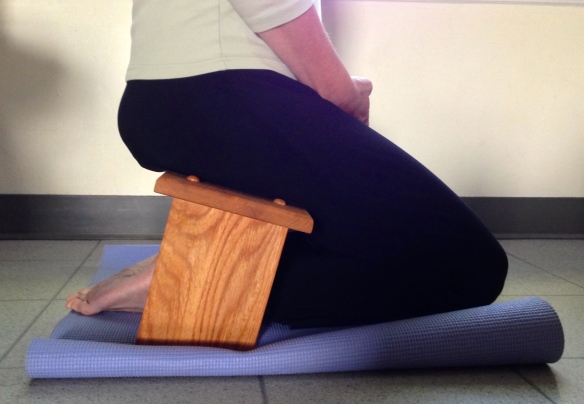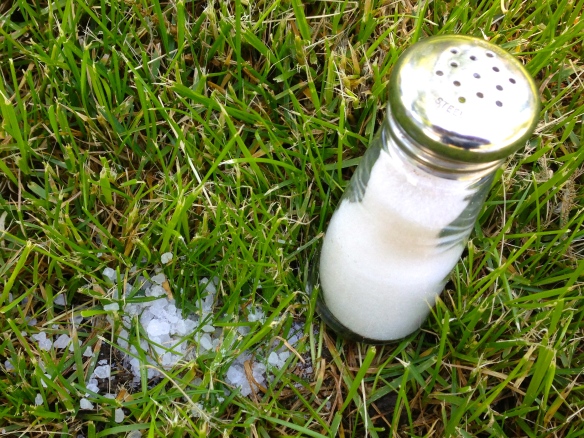
Consultation by Len Buchanan
Today’s class is setting the stage for Energy Medicine 101 by defining some of the terms we’ll be using throughout this semester:
Allostatic load was coined by Bruce McEwen in 2000 and refers to the physiological costs of chronic exposure to the neural or neuroendocrine stress response. It’s used to explain how frequent activation of the body’s stress response—essential tool for managing acute threats—can in fact, damage the body in the long run. Allostatic load is generally measured through a composite index of indicators of cumulative strain on several organs and tissues, but especially on the cardiovascular system.
Beliefs are something that we embrace heart and soul; that we accept as truth. Beliefs can revolve around our self or others and can include a number of things such as faith and identity. Depending on the belief, it can be either limiting or empowering.
Disease is pathological condition of a part, organ, or system of an organism resulting from various causes, such as infection, genetic defect, or environmental stress, and characterized by an identifiable group of signs or symptoms.
Dis-ease is the result of an imbalance. For example, too much or too little cholesterol may cause health problems. In addition to physical imbalance, dis-ease can result from mental or emotional imbalances such as blocked feelings, suppressed emotions, and negative thinking.
Energy Medicine is a holistic philosophy that teaches, “I am responsible for the creation of my health. I therefore participated, at some level, in the creation of this illness. I can participate in the healing of this illness by healing myself, which means simultaneously healing my emotional, psychological, physical, and spiritual being.” – Caroline Myss
Healing in the widely accepted meaning is to cure symptoms—for that seems to be what medical doctors do in their practice. In the context of Energy Medicine, healing is the process of bringing aspects of our self that are out of balance, back into balance again; the return to greater wholeness. There is an ideal form each of us has, this ideal form being the highest and clearest expression of who we are. Pain or disease comes from any deviation between the person’s current form in the three-dimensional physical world and this ideal form. Healing, then, is to assist the body back to its natural state of homeostasis—the ideal balance between all major parts of our being—body, mind and spirit.
Health as defined by the World Health Organization is “A state of complete physical, mental and social well-being and not merely the absence of disease or infirmity.” This definition has not been amended since 1948. Another definition, perhaps more in keeping with the times is, “Health is a dynamic condition resulting from a body’s constant adjustment and adaptation in response to stresses and changes in the environment for maintaining an inner equilibrium called homeostasis.” Buddha said, “Every human being is the author of his own health or disease.” Similarly, Caroline Myss said, “Your biography becomes your biology.”
Holistic is an approach that emphasizes the importance of the whole and the interdependence of its parts—physical, mental, emotional, and spiritual.
Homeostasis is our body’s inborn equilibrium. It occurs when all aspects of our being—physical, mental, emotional, and spiritual—are integrated and working together in balance.
Hope is the expectation of something desired; belief in a positive outcome.
Hopelessness is being destitute of hope; it’s the emotion of despair.
Noosphere denotes the “sphere of human thought.”
Wellness is more than mere physical health. It’s the quality of being healthy in body, mind and spirit; usually the result of deliberate effort. It’s an approach to health that emphasizes prevention of illness as opposed to focusing on the treatment of disease. As defined by National Wellness Institute: “Wellness is an active process through which people become aware of, and make choices toward, a more successful existence.”
Every one of us can relate to this list of terms in some way. We’ve probably all embraced a belief that’s either empowered or limited us. Most of us have personally been affected by disease or dis-ease, or know someone who has. We all resonate with either hope or hopelessness—maybe both. Do you agree with what Buddha and/or Caroline Myss said as it relates to health?
Listen with your heart,
Laurie Buchanan
“Whatever you are not changing, you are choosing.”
– Laurie Buchanan
www.HolEssence
Copyright © 2010 Laurie Buchanan — All Rights Reserved.






